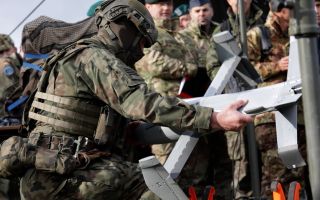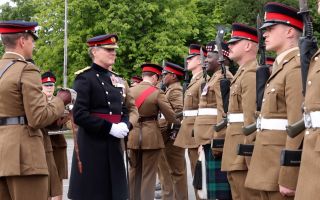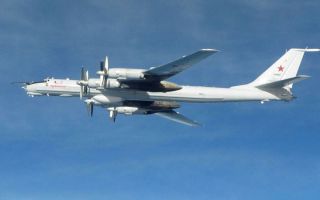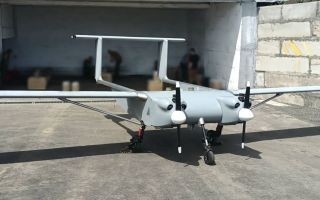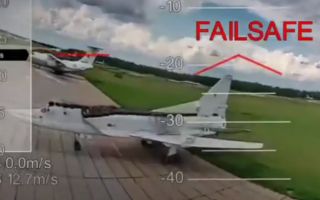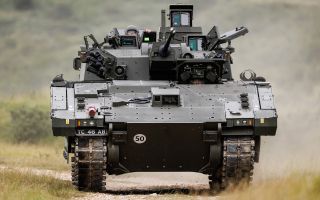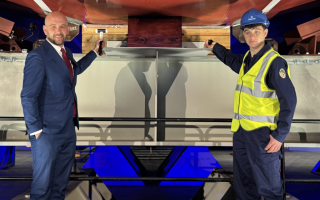Skyfall: The 007-themed Russian missile that's less Daniel Craig, more George Lazenby
Russia says it has successfully tested its nuclear-powered Burevestnik cruise missile – a weapon given the Nato codename Skyfall – but analysts believe it's not all it's cracked up to be.
President Putin called the cruise missile a "unique product, which no one in the world has" after being told the missile had travelled 14,000km, just over 8,500 miles.
However, Western experts have cast doubt on the real-world usefulness of the weapon and the risk of radiation – it being dubbed the flying Chernobyl.
"We launched a multi-hour flight of a nuclear-powered missile, and it covered a 14,000km distance, which is not the limit," said General Valery Gerasimov, the chief of the general staff.
"The missile was in the air for about 15 hours – and this is not the limit, as well."
What is a cruise missile?
Germany's V-1 missile, fired during the Second World War, was the predecessor of the modern cruise missile - a low-flying strategic guided missile.
The missile can hold either a nuclear or a conventional warhead, and flies near the ground towards its target.
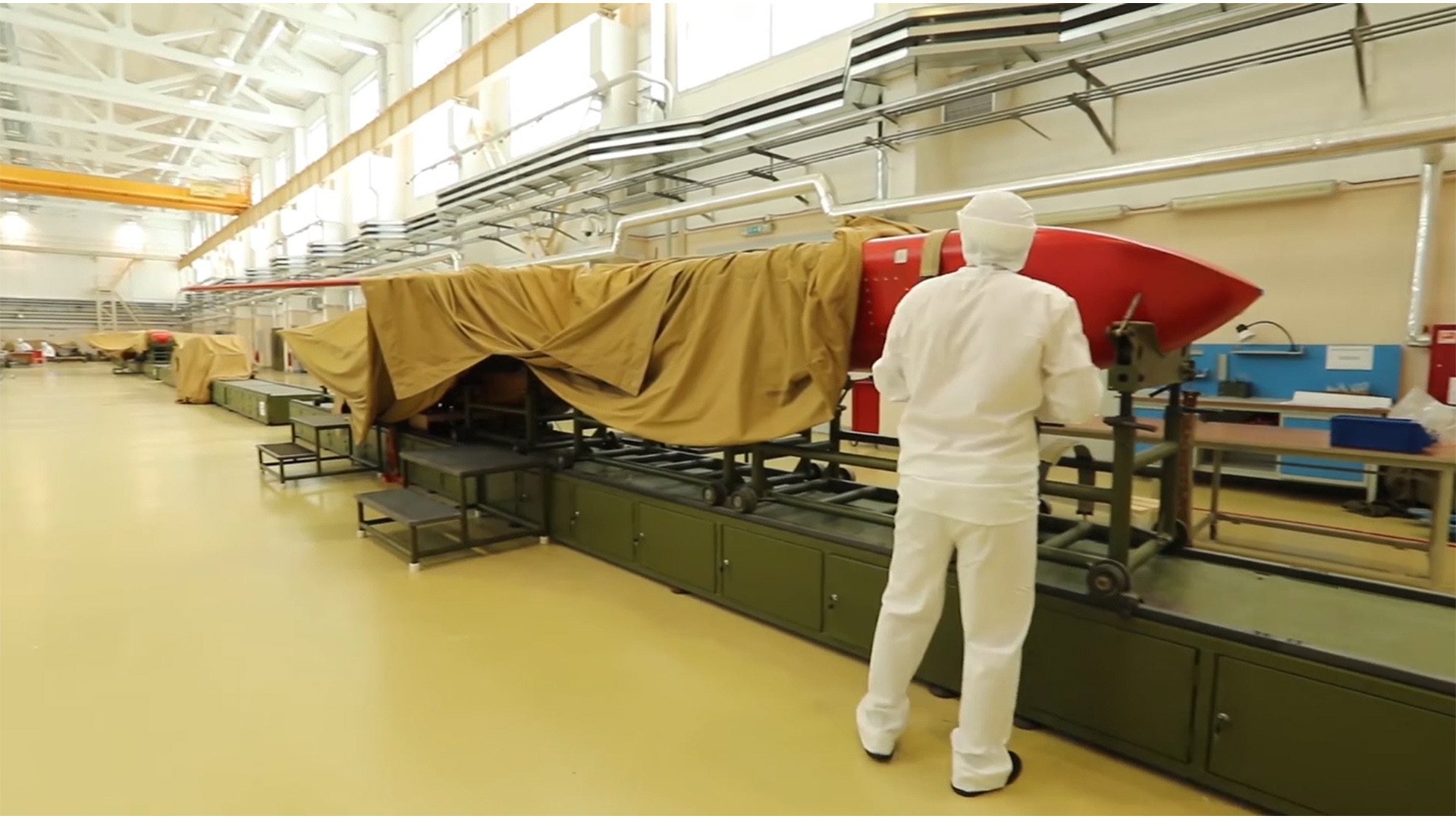
What is the Burevestnik cruise missile?
President Putin first spoke about the creation of the 9M730 Burevestnik, otherwise known to Russia as the "Storm Petrel", along with the Sarmat intercontinental ballistic missile, in a speech to the Russian federal assembly seven years ago.
The former KGB intelligence officer was quoted by The Times as saying the missile was a "fundamentally new type of weapon – a strategic nuclear missile equipped with a nuclear power plant".
The ground-launched missile is thought to be powered by a small nuclear reactor, giving the projectile a huge range, while also being able to carry a nuclear warhead.
Skyfall can allegedly bypass anti-missile and air defence systems.
Justin Crump, a military veteran and chief executive of private intelligence firm Sibylline, spoke about the missile in an interview on Radio 4's Today programme.
"It's a nuclear-powered, nuclear-capable cruise missile. So, it's a cruise missile with a nuclear reactor on board that heats the air coming through after launch, and effectively gives it very long endurance," he said.
"This can loiter for hours or days, effectively making it a weapon that can hang around, that can go a very long distance and then strike a target, which is unique to Russia at the moment."
A rejected idea resurrected
Mr Crump went on to say that this idea had been investigated by the US and the Soviet Union in the 1950s, but both had dismissed the idea as it was dangerous to use and had been deemed "pretty useless compared to other weapons systems".
Six years ago, at least five people were killed when a rocket engine blew up while they were experimenting on small sources of nuclear energy, in a test that was claimed to be linked to the Burevestnik missile.
The explosion led to radiation levels in cities around the testing area increasing by 20 times their standard levels.
"The flying Chernobyl nickname is there for a reason," Mr Crump added.
Even president Putin admitted the missile would need "substantial work" before it could become operational.
But he has expressed an interest in the Russian armed forces building infrastructure to deploy such a weapon.
However, Mr Crump concluded: "If it was any good, the US would have it and China would have it, let's be honest."
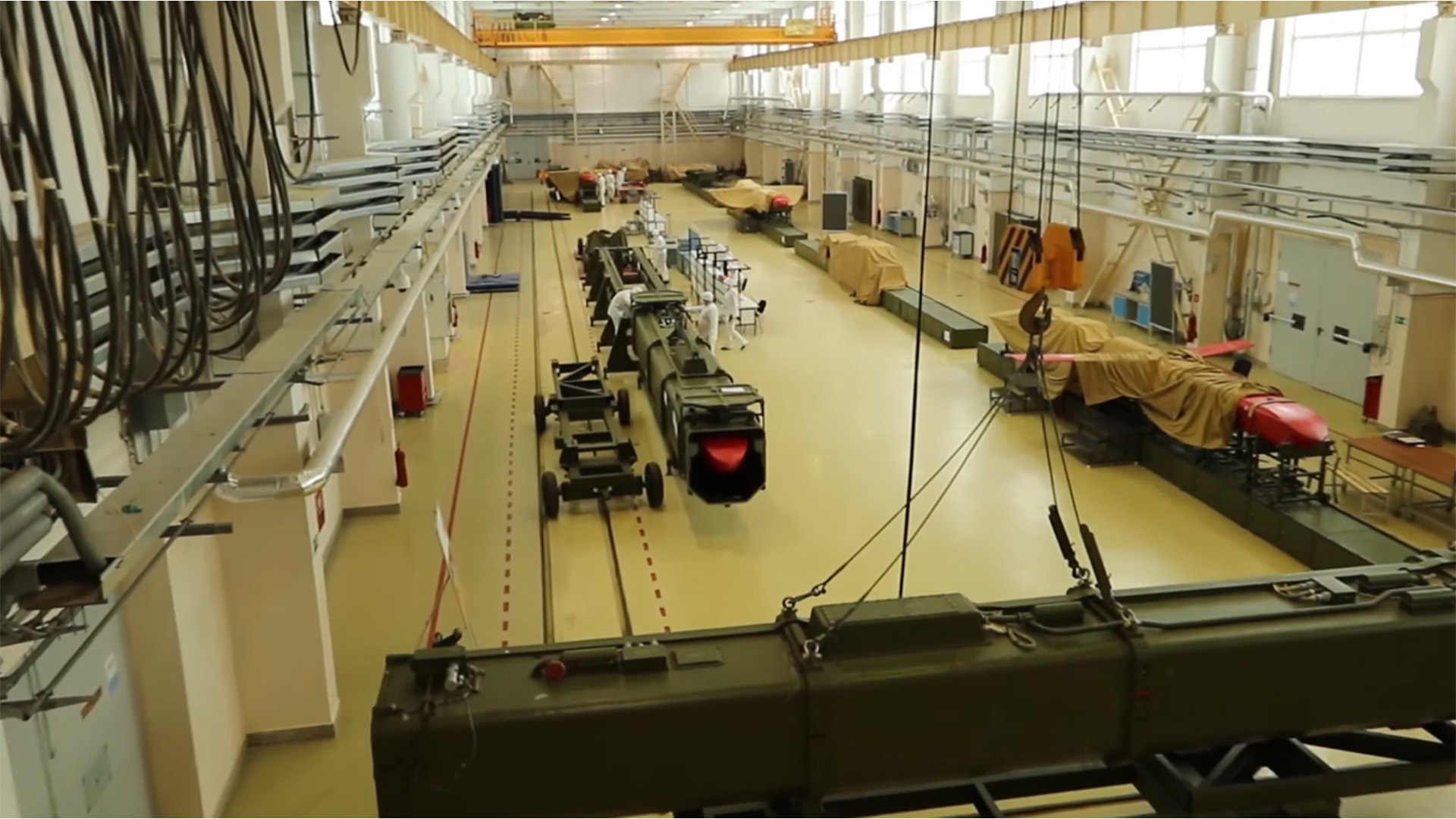
What have politicians said about the missile test?
As he flew on Air Force One, US president Donald Trump said that the nuclear-powered cruise missile test was "not appropriate".
He added that Washington has a nuclear submarine stationed nearby.
"They know we have a nuclear submarine – the greatest in the world – right off their shores. So, I mean, it doesn't have to go 8,000 miles," the former Apprentice host and businessman said.
"They're not playing games with us, and we're not playing games with them either.
"We test missiles all the time."
What other missiles rival the Burevestnik?
One of the best examples of cruise missiles is the Tomahawk land attack missile.
These missiles, which cost £1.5m, and the launcher, which comes in at around £4.5m, have a range of up to 1,500 miles.
US Navy vessels and US Navy and Royal Navy submarines can fire these long-range cruise missiles.
The Tomahawk, which has an 8ft 6in wingspan and weighs 3,330lbs with a rocket motor, is used to obliterate fixed targets and aid Special Forces operations.
Since the 1990s, more than 2,300 Tomahawk missiles have been launched in operations such as Operation Odyssey Dawn and Operation Inherent Resolve in Libya and Syria, respectively, according to Naval Air Systems Command.
The Ukrainian president, Volodymyr Zelensky, has been attempting to get the US president to send Tomahawk missiles to Kyiv to help in Ukraine's three-and-a-half-year fight against Moscow.
Mark Rutte, the Nato Secretary General, said that the policy of handing over Tomahawk missiles to Kyiv is currently under review, stating that Washington has a final say on whether the missile is given to Ukraine.
"On particularly, the Tomahawks, of course, the President [Donald Trump] and I discussed that," Mr Rutte said.
"The issue remains under review by the president, and again, it's up to the US to decide."
Should we be alarmed by the missile test?
It is not unusual for Russia to conduct regular drills of its nuclear weapons.
Besides this missile test, the Kremlin oversaw other tests of Russia's nuclear forces on land, air and sea last week.
On the other hand, with tensions between Moscow and the West simmering, these tests remind Western capitals that President Putin still has the most nuclear warheads in the world.

